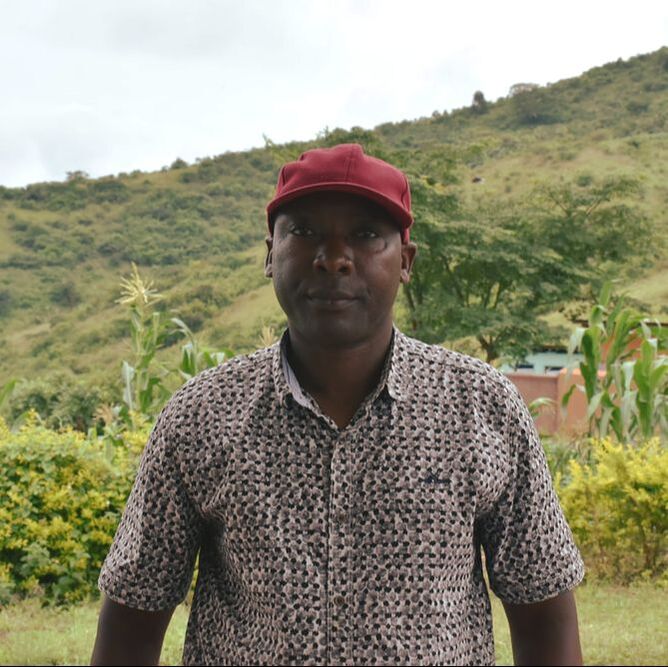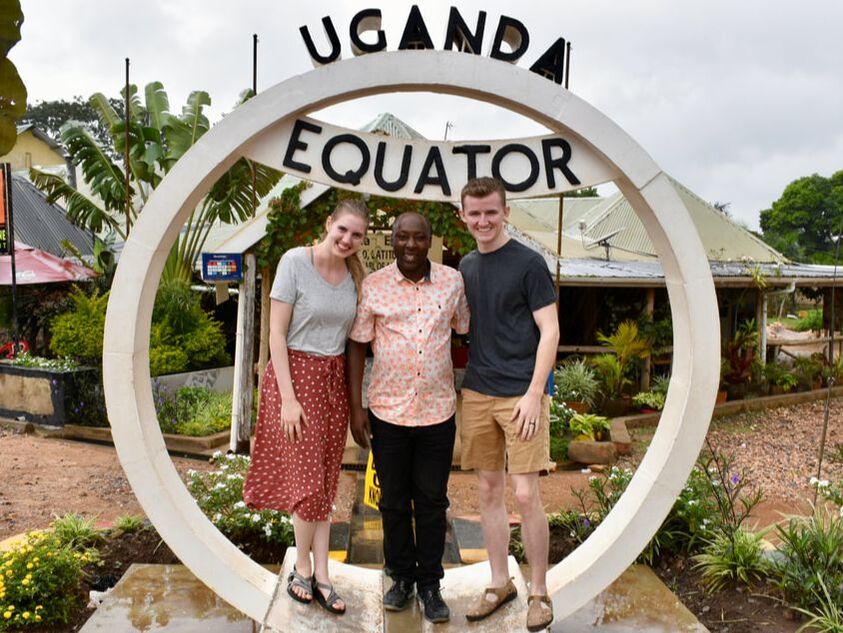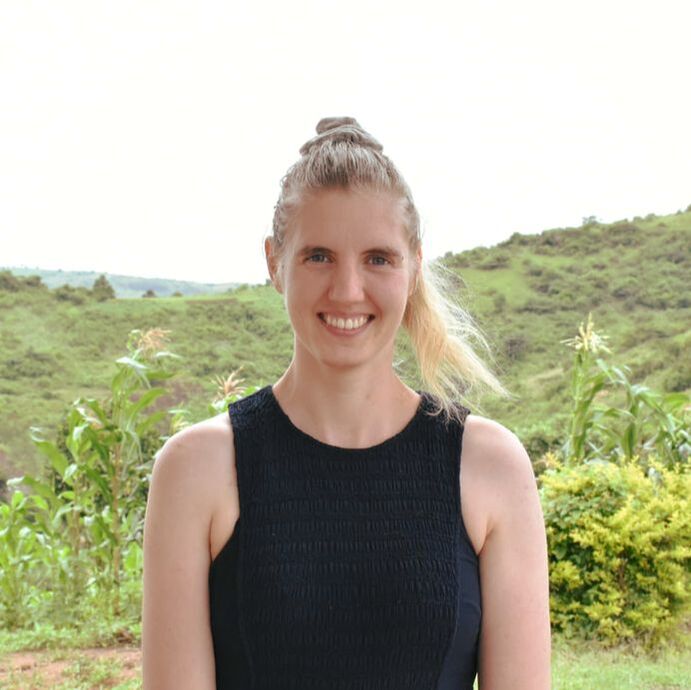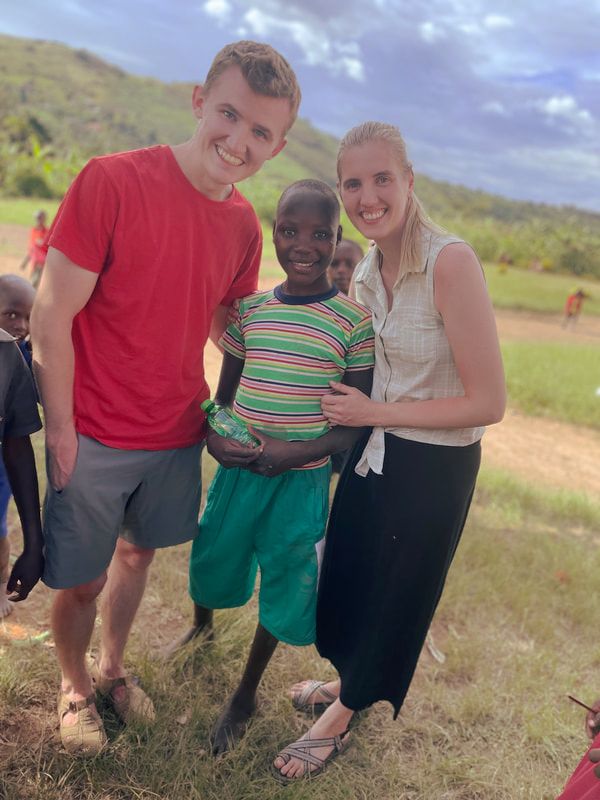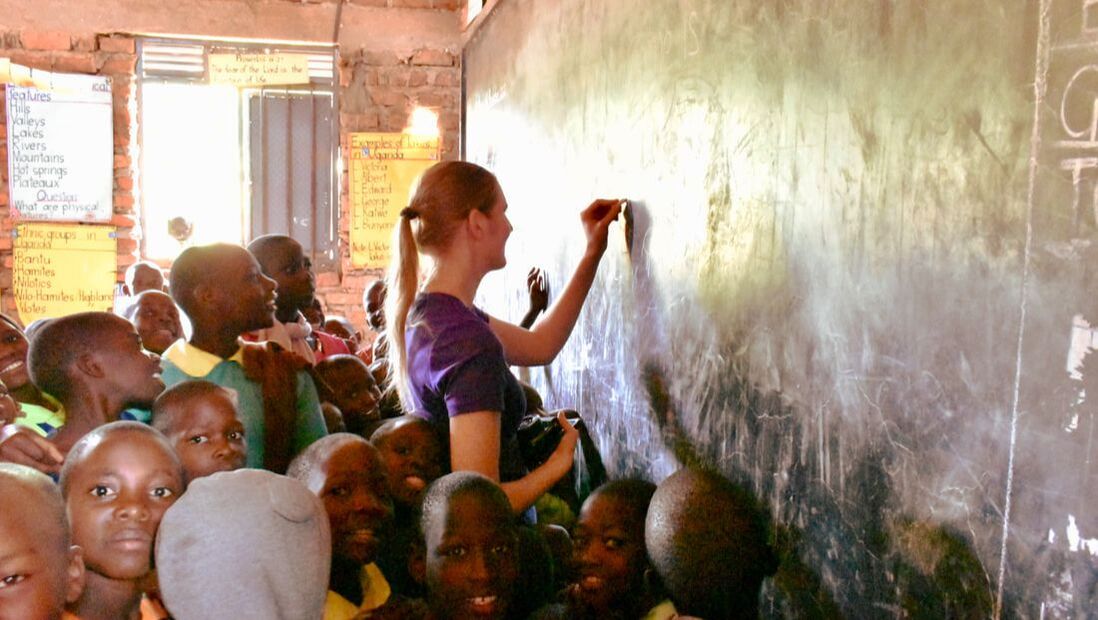Our Story.
Our story begins in 2012 when 16 year old Sydney Pauls (Maki) sent an email to Pastor Vana asking "How can I help?" Struggling with a new diagnosis of Complex Regional Pain Syndrome, Sydney was inspired to make a difference in the lives of children across the globe who were suffering without the support of family or the resources needed to ensure they thrive. From there, God has created a powerful partnership that has changed the lives of countless people. Thousands of children have received education, dozens of Ugandan men and women have been employed, and hundreds of people have received medical care because of the partnership between Messengers of Grace Church and Brilliance Global Mission. Countless people have been exposed to the Gospel of Christ and the communities of the Rakai District have been truly transformed.
Our Leaders.
Our Location.
The district of Rakai is located in South Western Uganda, bordering Tanzania. It is a six hour drive to Kampala, the capital city of Uganda. In 2010 the approximate population of the district was 466,300 and 96% of the population lives in rural settings. There is an estimated 738 rural villages in Rakai.
Rakai has been termed "ground zero" for the AIDS virus. The first ever recorded case of HIV/AIDS in Uganda was in Rakai. The district as a whole is very hard hit by the virus to this day. This creates an overwhelming population of children whose parents have died and are left to take care of themselves. A large percentage of children live in child-headed households, meaning that a child under the age of 14 is the primary care giver to the rest of the children. Many young children spend their days searching for food or working. As a result, a lot of children do not receive an education, and the cycle of poverty continues.
Rakai has been termed "ground zero" for the AIDS virus. The first ever recorded case of HIV/AIDS in Uganda was in Rakai. The district as a whole is very hard hit by the virus to this day. This creates an overwhelming population of children whose parents have died and are left to take care of themselves. A large percentage of children live in child-headed households, meaning that a child under the age of 14 is the primary care giver to the rest of the children. Many young children spend their days searching for food or working. As a result, a lot of children do not receive an education, and the cycle of poverty continues.

